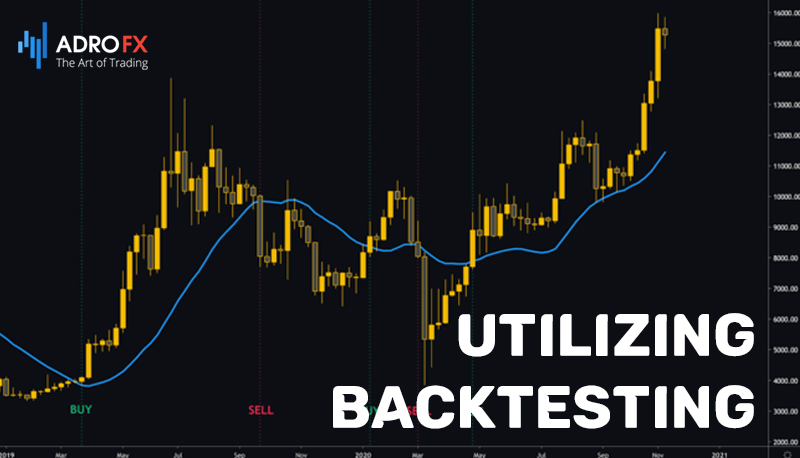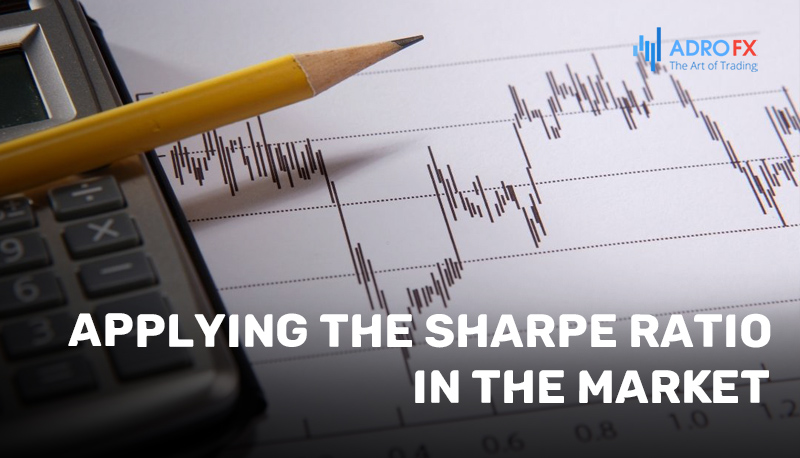Exploring the Intricate Link: Unraveling the Influence of Past Performances on Future Success

In the dynamic realm of human endeavors, the question of whether past performances hold sway over future achievements has perpetually captivated the curious minds of researchers, analysts, and practitioners alike. From the world of sports and entertainment to the boardrooms of corporations and the stages of academia, the inquiry into the interconnectedness of past and future performance stands as a cornerstone of understanding and strategizing for success. This article delves into the intricate interplay between historical achievements and forthcoming accomplishments, aiming to decipher the extent to which past performances truly mold and shape the trajectory of what lies ahead. By navigating through psychological, sociological, and statistical perspectives, we embark on a journey to uncover whether the echoes of the past reverberate powerfully enough to orchestrate the symphony of future triumphs or whether the future remains an uncharted territory, unaffected by the footprints of yesterday.

The Influence of Previous Performance on Subsequent Results
A prevalent error observed among numerous traders and investors involves using historical performance as the basis for their trading or investment decisions. It's essential for individuals to refrain from relying solely on past events when making choices.
To illustrate, consider a situation where a stock experienced a 50% surge in value within a particular year; this does not guarantee a repeat performance in the subsequent year.
Likewise, even if an exchange-traded fund (ETF) has consistently delivered impressive returns over an extended period, there is no assurance that this trend will persist in the future.
This principle also extends to the selection of investment managers or advisors. While the inclination is often to choose those who have consistently outperformed, it's vital to recognize that past success does not guarantee future accomplishments.
Furthermore, a company that has exhibited consistent success throughout its history might not sustain the same level of performance in the future.
Crucially, a strategy that proved effective during a specific market cycle is likely to yield subpar results when market conditions undergo a shift.
For instance, if a trend-following strategy excelled during a bullish market phase, there's a strong likelihood that its performance will falter when the market enters a period of narrow fluctuations.
Significance of Previous Performance
Although historical performance doesn't guarantee future outcomes, it holds substantial value in various aspects.
Establishing a Strong Track Record
To begin with, when selecting a trading strategy, a strong historical track record is sought after. Many individuals adhere to strategies that have consistently delivered positive results in the past. While not infallible, the key is that these strategies yield more gains than losses, making them reliable options.
This tendency also explains why some traders develop an affinity for certain stocks. If a stock has yielded substantial profits, it becomes a preferred choice. However, it's important to acknowledge the associated risks with this approach.

Utilizing Backtesting
Secondly, leveraging past performance is crucial when engaging in backtesting—a process that involves subjecting a strategy to various tests using historical data. The objective is to assess the strategy's performance, which aids in determining its viability for future use.
It's imperative to couple backtesting with forward testing, employing live data in a demo account. Forward testing validates a strategy's efficacy in real market conditions.
Assembling a Competent Team
Furthermore, past performance plays a pivotal role in selecting trading and investment professionals. For instance, when overseeing a hedge fund or trading operation, the priority is securing highly skilled individuals.
Given the choice between a high-performing trader and an inexperienced counterpart, opting for the former is prudent. The rationale is that past success indicates the potential for future achievements.
Moreover, assessing the historical performance of analysts you follow is crucial. Certain sell-side analysts boast a reputation for accuracy, while others are prone to erroneous predictions.
Recognizing Correlations
Lastly, historical performance data can be harnessed to predict the future trajectory of companies within the same industry. For instance, if a company like JP Morgan posts robust results, this information can inform projections for the performance of other banks.
In conclusion, while past performance isn't an infallible indicator of future outcomes, historical data holds substantial importance within the market landscape. 
Applying the Sharpe Ratio in the Market
One method employed to anticipate the prospective performance of an asset involves the application of the Sharpe ratio, conceived by William Sharpe. The objective of this ratio is to derive the risk-adjusted return of an asset, computed through the subsequent formula:
Sharpe Ratio = (Average Investment Returns - Risk-Free Investment Returns) / Standard Deviation
Here, the average return pertains to the envisioned future outcome, while the risk-free investment primarily pertains to government or high-grade bonds. The standard deviation signifies the level of risk inherent in an investment.
Illustrating this concept with an example: envision anticipating a 15% return from investing in company A, which has averaged a 15% annual return. Additionally, suppose government bonds yield an interest rate of 0.4% with a standard deviation of 20%. Consequently, the computation for this scenario is (15% - 0.4%) / 20% = 0.73.
Is Depending on Historical Performance Really Problematic?
After all, individuals tend to revisit a restaurant following a positive experience, and similarly, they're likely to continue seeking the services of a skilled mechanic who has previously done an excellent job on their vehicle's transmission.
Indeed, historical performance holds significance – when viewed from a different perspective. While almost every investment carries expectations of long-term growth, market prices are subject to fluctuations. For instance, having a long-term anticipation of a 7% return from the stock market over the coming decade does not translate to a consistent 7% return every single year. This is due to the inevitable presence of fluctuations.
Nevertheless, the cautionary phrase "past performance is not necessarily indicative of future results" functions as a reminder for investors to take into account a variety of factors when determining how to distribute their funds.
By doing so, investors can steer clear of costly errors and embrace more intelligent predictive tactics, such as diversifying their portfolio with assets that lack direct correlation to the volatile public markets. Increasingly, investors are embracing alternative options to achieve precisely that.

The Drawbacks of Relying on Past Performance
Several factors underscore why past performance inadequately indicates future outcomes. Firstly, past performance can sometimes be attributed to luck. For instance, a trader's past success might have arisen purely from fortunate circumstances.
Secondly, historical data neglects significant nuances like prevailing interest rates, geopolitical conflicts, and macroeconomic elements. For instance, the surge in the stock market post the 2008 Global Financial Crisis (GFC) can be attributed to zero interest rates. A similar phenomenon was observed during the Covid-19 pandemic.
Thirdly, evaluating past stock performance might overlook a company's fundamentals. It fails to anticipate potential acquisitions or shifts in management. Furthermore, it doesn't incorporate new competitors entering the industry or shifts in market sentiment. An illustrative case is the transformation of societal attitudes towards smoking; once considered fashionable, it is now deemed unfavorable.
In summation, the application of the Sharpe ratio and the reliance on past performance both present important considerations in assessing future asset performance.
To Summarize
In essence, it's important to recognize that previous performance doesn't guarantee future outcomes. Investors who grasp the constraints of past performance are better positioned to make informed choices regarding portfolio management, ultimately resulting in improved strategies and results.

About AdroFx
Established in 2018, AdroFx is known for its high technology and its ability to deliver high-quality brokerage services in more than 200 countries around the world. AdroFx makes every effort to keep its customers satisfied and to meet all the trading needs of any trader. With the five types of trading accounts, we have all it takes to fit any traders` needs and styles. The company provides access to 115+ trading instruments, including currencies, metals, stocks, and cryptocurrencies, which make it possible to make the most out of trading on the financial markets. Considering all the above, AdroFx is the perfect variant for anyone who doesn't settle for less than the best.









